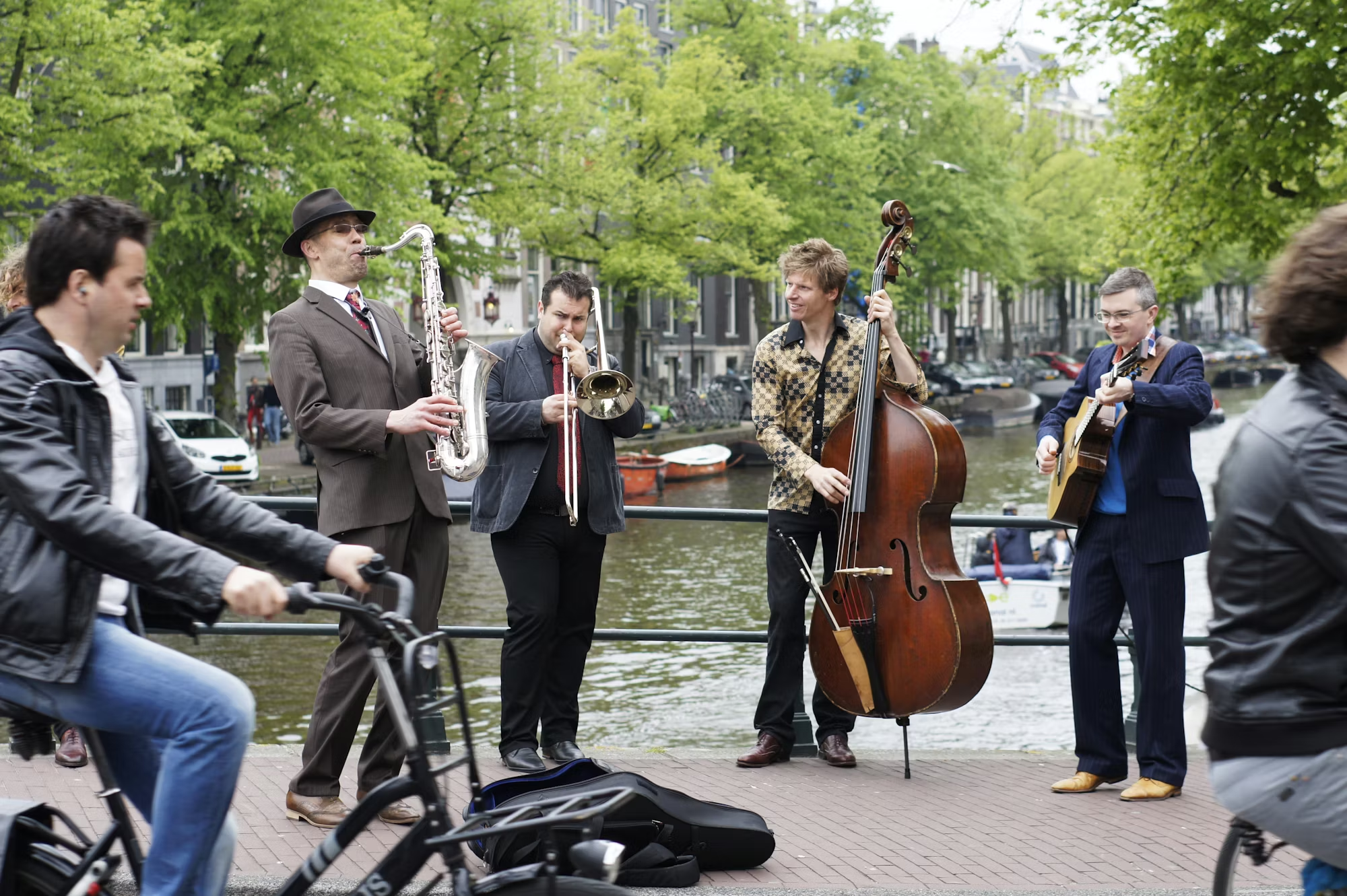Collaboration in music is a powerful catalyst for creativity, allowing artists to come together, share ideas, and create something greater than the sum of their parts. This article explores the various dimensions of musical collaboration, highlighting its impact on creativity, innovation, and the formation of cross-genre connections.
The Essence of Musical Collaboration
At its core, collaboration in music is about partnership. Whether it’s two musicians writing a song together, a band working on a new album, or an artist collaborating with a producer, the essence of this process is rooted in the exchange of ideas. The interaction between different musical perspectives can lead to unique soundscapes that may not have emerged in isolation.
Musical collaboration fosters a spirit of creativity, allowing artists to push boundaries and experiment with new sounds. When musicians collaborate, they bring their individual experiences and influences to the table, resulting in rich, diverse compositions. This blending of styles and genres often leads to innovative music that resonates with a broader audience.
Historical Context of Collaboration
Collaboration in music is not a modern phenomenon. Throughout history, artists have joined forces to create memorable works. For example, the partnership between composers like Richard Wagner and Franz Liszt showcased the potential of collaboration in classical music, blending their distinct styles to produce groundbreaking compositions.
In the realm of popular music, legendary duos like John Lennon and Paul McCartney of The Beatles exemplified the power of collaboration. Their songwriting partnership resulted in some of the most iconic songs in history, demonstrating how two creative minds can combine their strengths to craft timeless melodies. These historical examples highlight that collaboration is a timeless practice that continues to shape the musical landscape.
The Modern Collaboration Landscape
In today’s music industry, collaboration has taken on new forms and dimensions. The rise of digital technology and social media platforms has made it easier than ever for artists to connect, regardless of geographical barriers. Musicians can collaborate remotely, sharing files and ideas in real time, which has expanded the possibilities for creative partnerships.
Collaborations now often span genres, leading to unique fusions that capture the imagination of audiences. For instance, the blend of hip-hop and country music has gained popularity, with artists like Lil Nas X and Billy Ray Cyrus creating chart-topping hits that resonate across diverse fan bases. These cross-genre collaborations not only challenge traditional boundaries but also reflect the evolving tastes of contemporary listeners.
The Role of Producers and Songwriters
Producers and songwriters play a crucial role in facilitating collaboration within the music industry. A skilled producer can bring together artists from different backgrounds, helping them to find common ground and create cohesive sounds. Collaborations often thrive in a studio setting, where producers can guide the creative process, suggesting arrangements and sounds that enhance the final product.
Songwriters also contribute significantly to the collaborative landscape. Many artists rely on co-writers to help shape their songs, resulting in a richer lyrical narrative. This partnership allows artists to explore different perspectives, making their music more relatable and impactful. The collaboration between songwriters can lead to a diverse range of lyrical themes, contributing to the overall depth of a project.
The Impact of Collaboration on Innovation
Collaboration breeds innovation in music. When artists from different genres and backgrounds work together, they often challenge each other’s artistic norms, leading to fresh ideas and experimentation. This dynamic environment encourages risk-taking, allowing musicians to step outside their comfort zones and explore new sonic territories.
For example, the collaboration between electronic producers and live musicians has resulted in innovative sounds that redefine genres. Electronic artists often bring a unique perspective to the table, integrating technology and traditional instrumentation in ways that create a completely new listening experience. This innovative approach has led to the rise of genres like electronic pop and future bass, captivating audiences around the world.
Building Connections through Collaboration
Beyond the artistic benefits, collaboration in music fosters connections among artists and their audiences. When musicians collaborate, they not only strengthen their artistic ties but also create a sense of community. Fans often appreciate the stories behind collaborations, feeling more connected to the artists involved.
Collaborative projects can also broaden an artist’s reach. When two musicians team up, they introduce each other to their respective fan bases, allowing both artists to gain exposure to new audiences. This cross-pollination of fan bases can lead to increased streaming numbers, concert attendance, and overall visibility in the industry.
The Future of Collaboration in Music
As technology continues to evolve, the future of collaboration in music looks promising. Virtual reality (VR) and augmented reality (AR) are beginning to play a role in how artists collaborate and perform together. Imagine a world where musicians can create and perform together in a virtual space, regardless of physical location. This technology could further break down barriers and enhance the collaborative experience.
Moreover, as music continues to globalize, we are likely to see more cross-cultural collaborations that celebrate diversity. Artists from different countries and backgrounds can create music that blends their unique influences, enriching the global music scene. This fusion of cultural elements not only results in innovative sounds but also promotes understanding and appreciation among diverse audiences.
Conclusion: Embracing Collaborative Spirit
The art of collaboration in music is a celebration of creativity, innovation, and connection. By coming together, artists can push the boundaries of their art, create groundbreaking sounds, and build meaningful relationships with one another and their audiences. As we look to the future, embracing the collaborative spirit will be essential in shaping the next chapter of music, fostering an environment where creativity knows no bounds and artistic expression flourishes.



